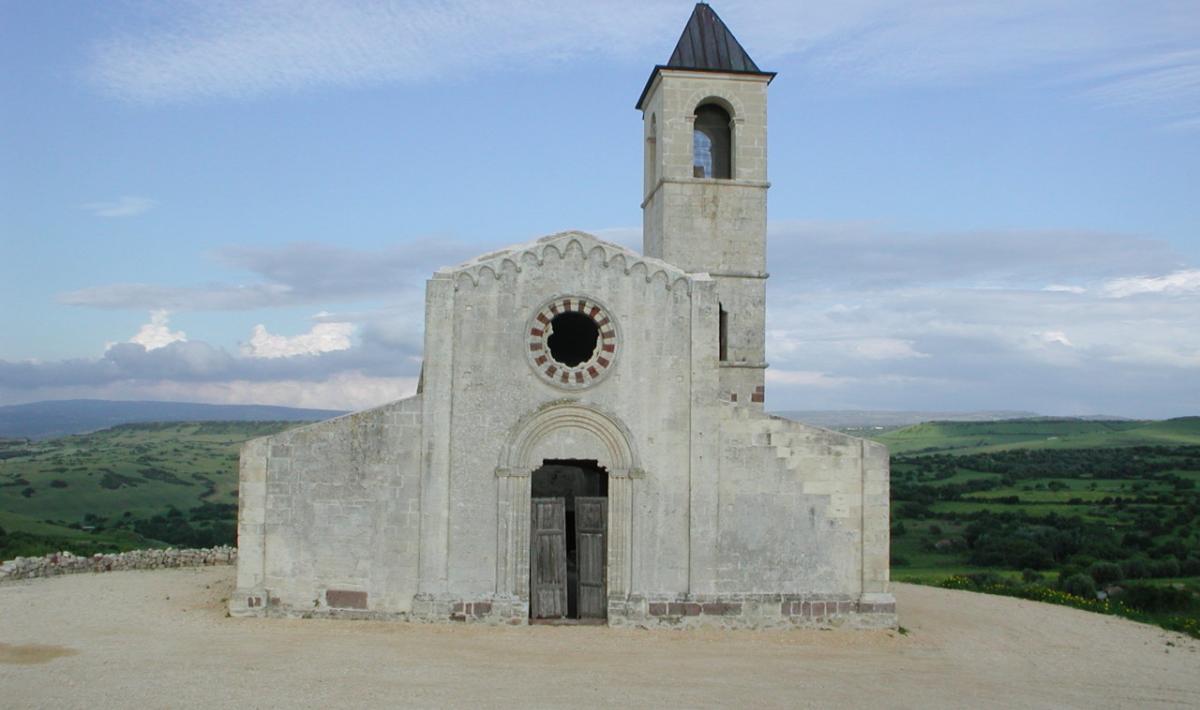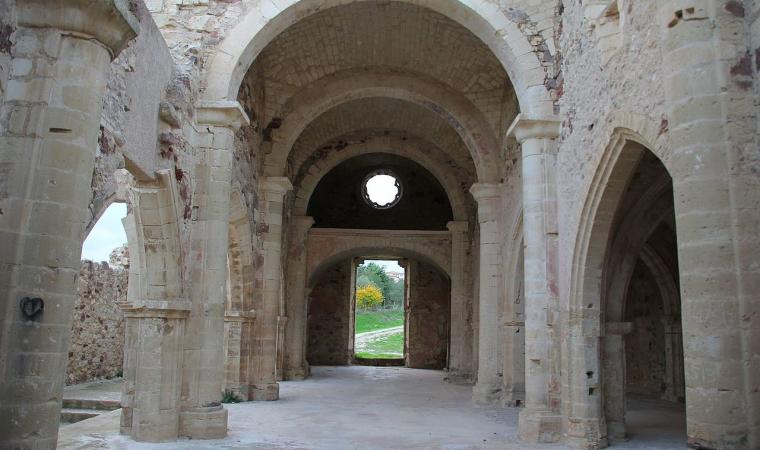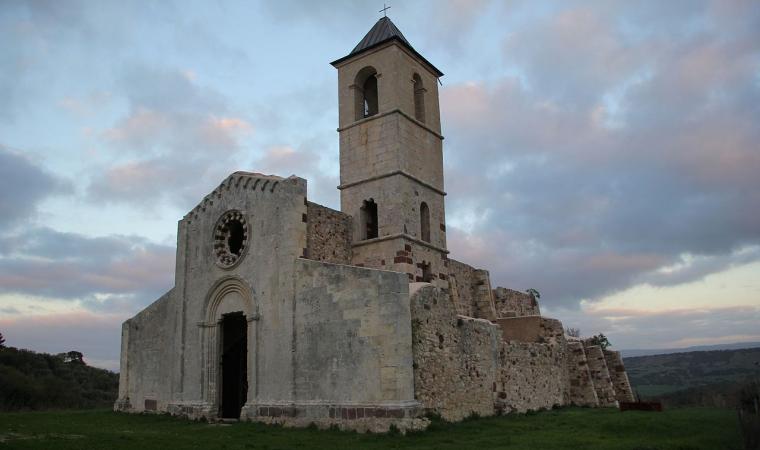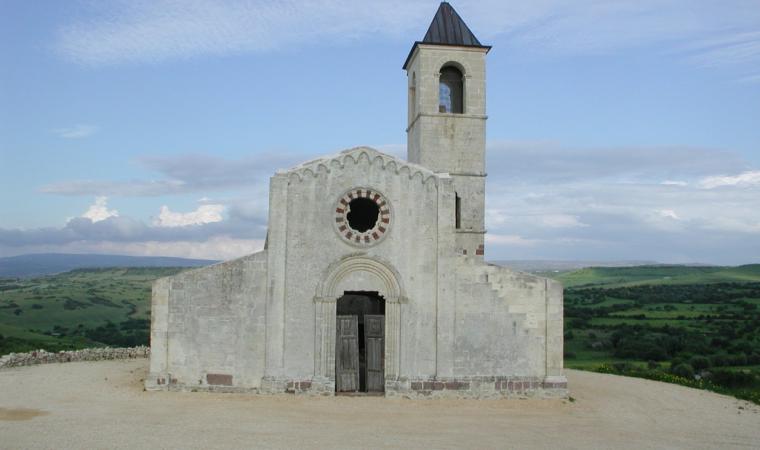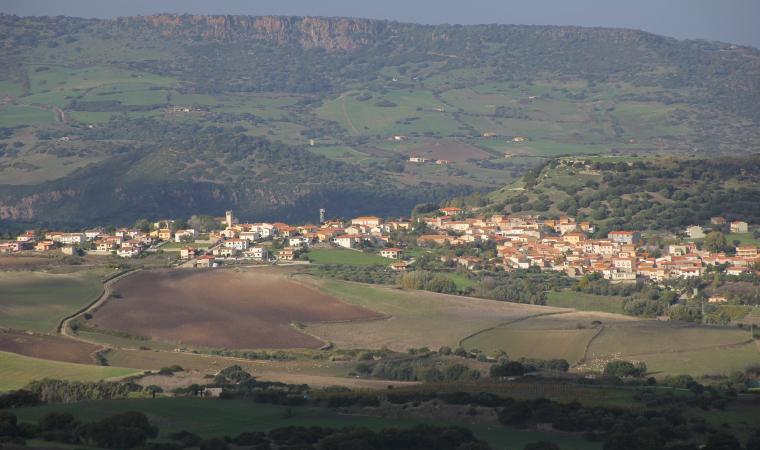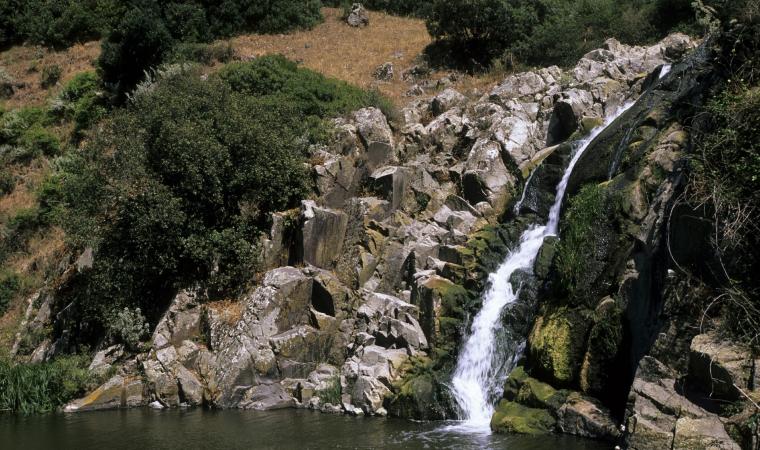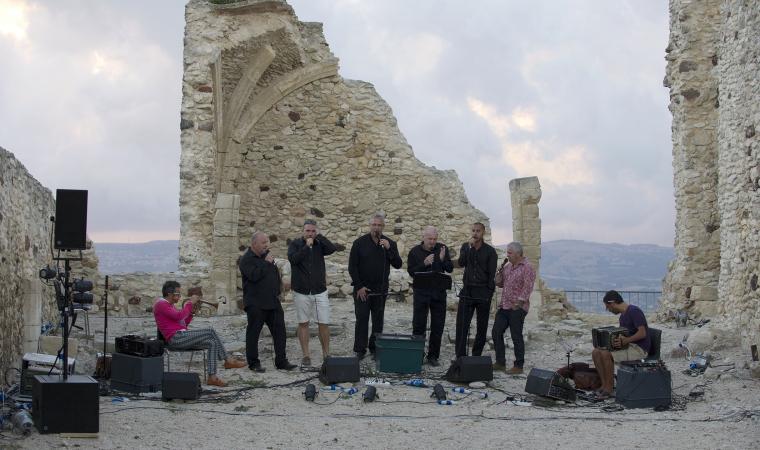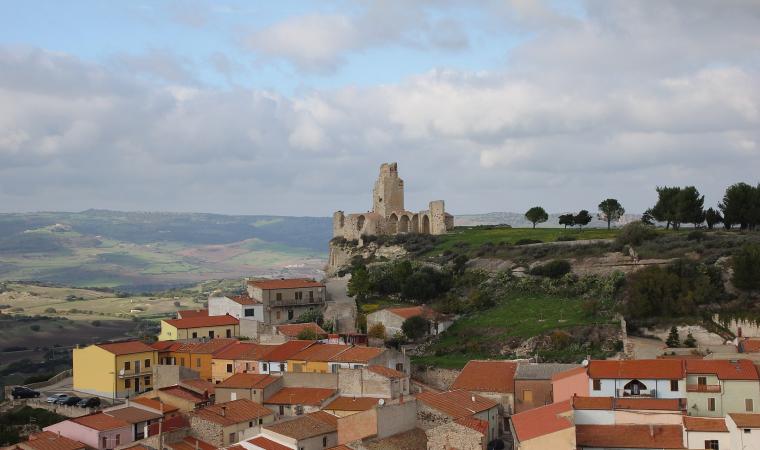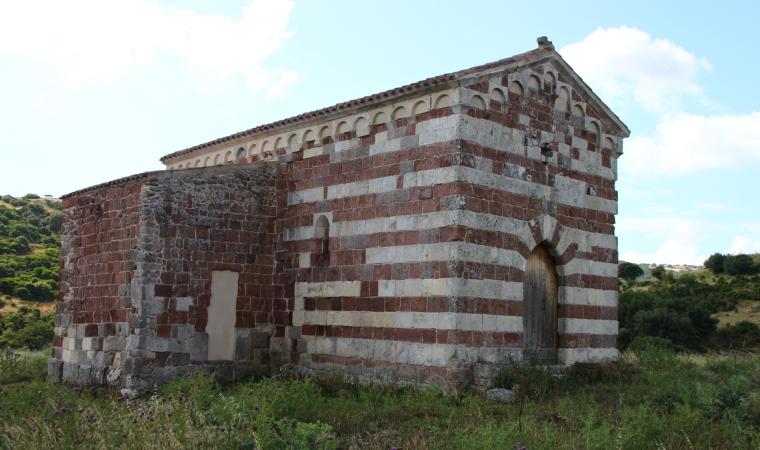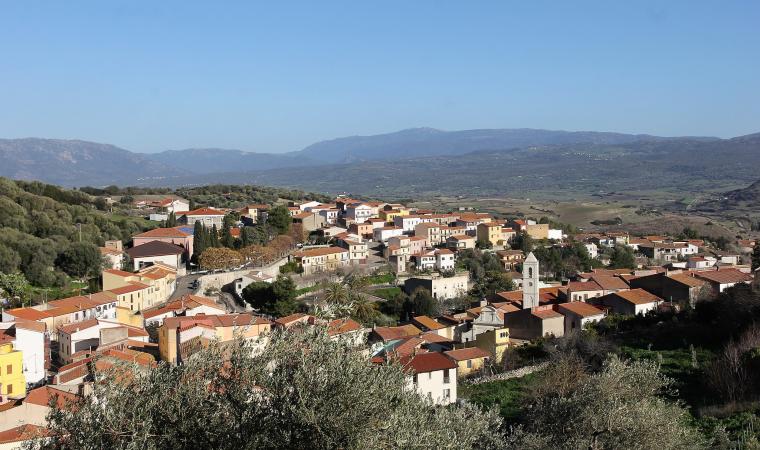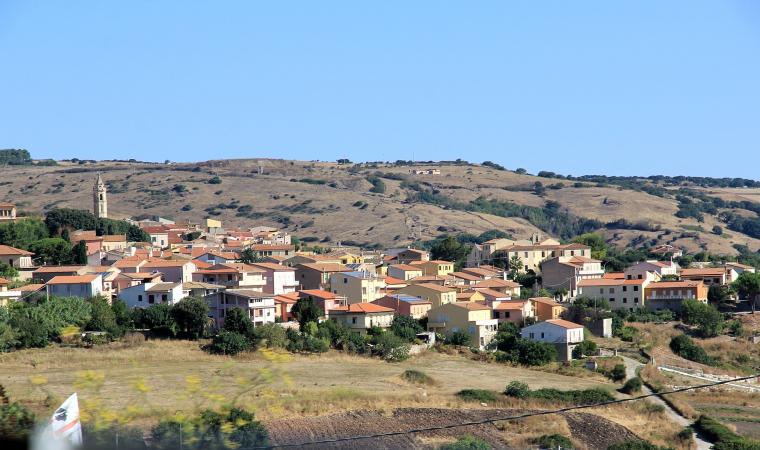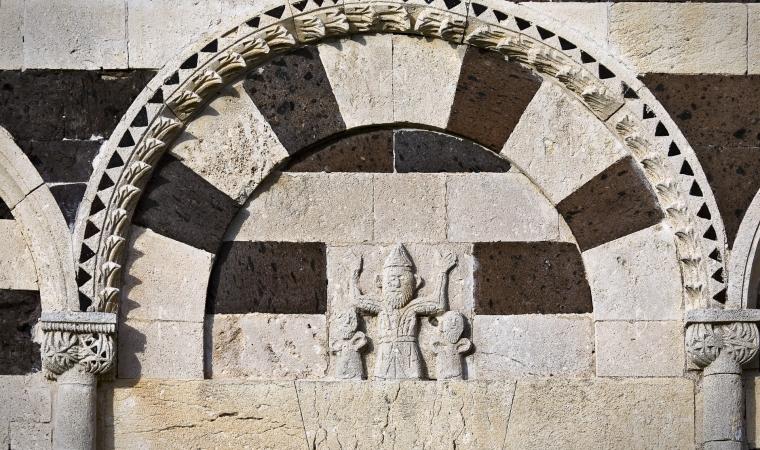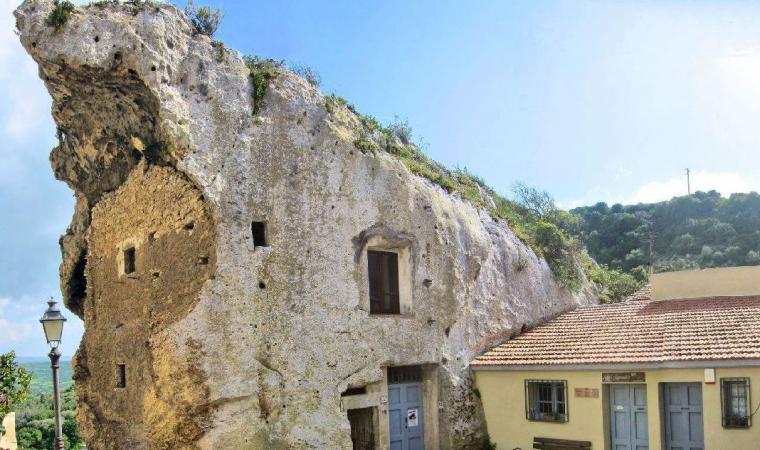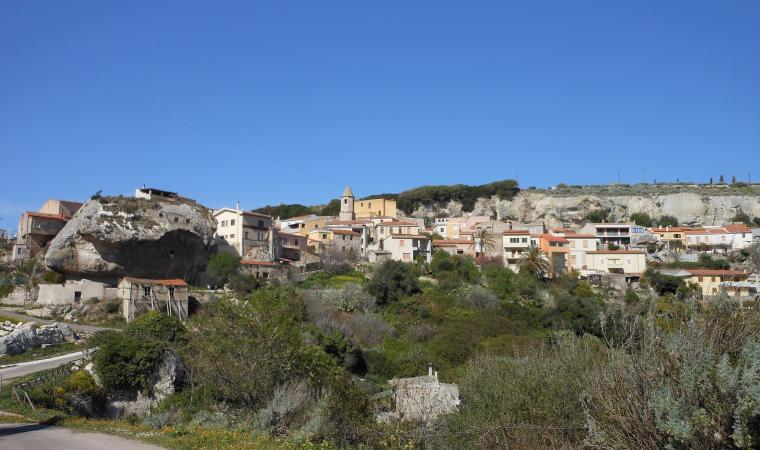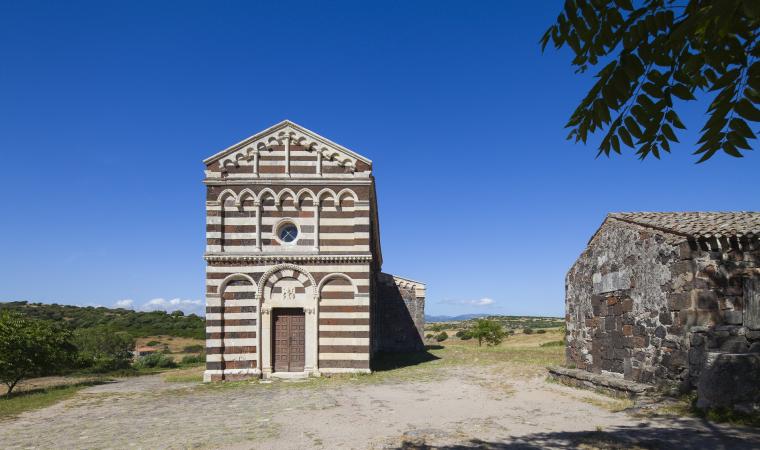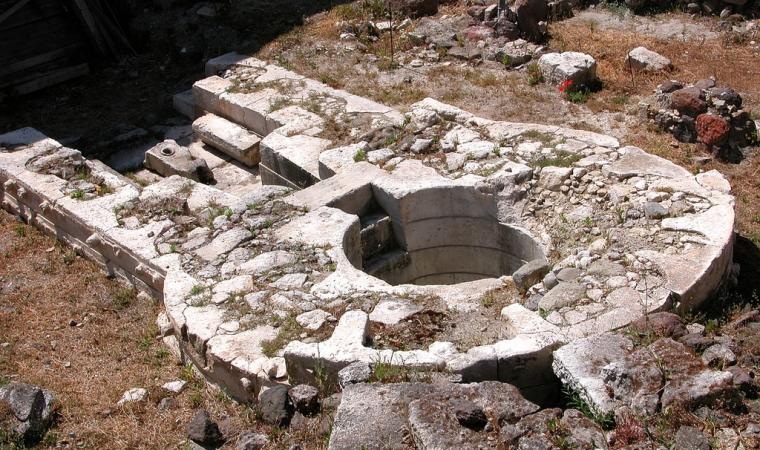The most shining example of Italian Gothic style in Sardinia, before the spread of Catalan style, has been standing for centuries, challenging the precarious stability of the ground, thanks to continuous restoration actions. The church of San Pantaleo stands just outside the town of Martis and was built on a rocky spur overlooking the Rio Carrucana valley. There is no certain information on its foundation, but it is thought that it dates back to the first quarter of the 14th century. Two centuries later, the first restoration work was carried out, with reconstruction and consolidation, which were then repeated during the 19th century. Finally, in 1920, its deconsecration took place, due to the risk of a sudden collapse. Since 1988, the church and the rock ‘plinth’ on which it rests have been the subject of stabilisation and renovation work, aimed at ensuring the survival of the building.

